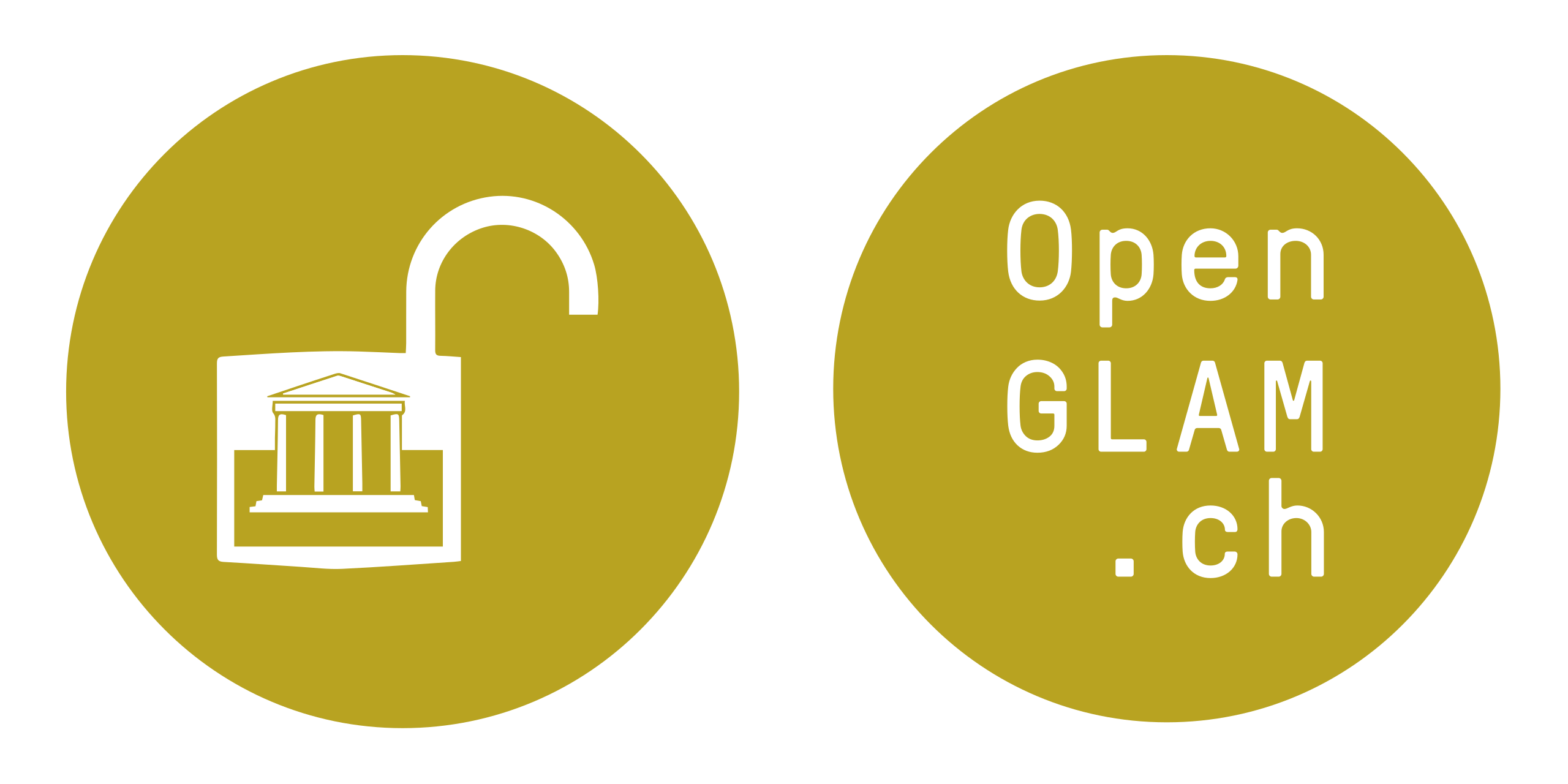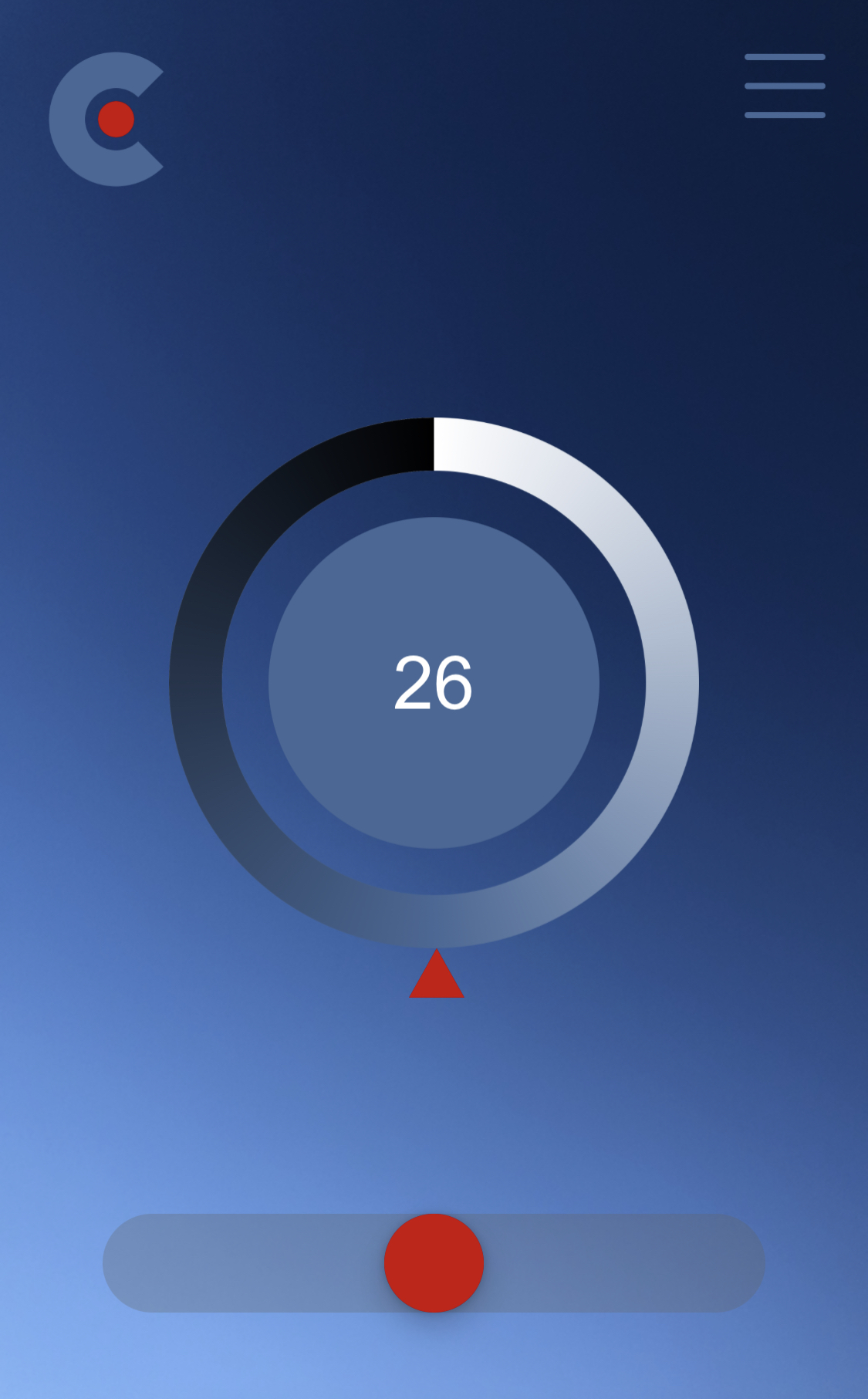More sources added.
Cyanometer
A Cyanometer is a scientific instrument from the 17th century made for measuring the blueness of the sky. This project provides a digital cyanometer for smartphones.
A cyanometer is a simple ring made of cardboard or wood. Its segments show 52 shades of blue, from light to dark. If you hold the cyanometer against the sky, you will always find a value that matches the current sky color.

The cyanometer was invented by the Geneva naturalist Horace Bénédict de Saussure in the 1760s. De Saussure realized that the blue value reflects the amount of water (or pollution) in the air: The bluer the sky, the less vapor or particles, the whiter, the more. De Saussure applied the shades of blue with watercolor to a total of 52 strips of paper, which he glued to a wooden or cardboard ring, from white, which de Saussure labeled "0", through all shades of blue to black which had the value "52". The deepest blue de Saussure measured himself was 39 degrees on the summit of Mont Blanc in 1787.
The instrument itself seems simple, but its sophistication lies in the calibration leading to a set of equidistant color shades. De Saussure used to give away self-made cyanometers to scientist friends whom he encouraged to measure the blue of the sky in as many different places of the world as possible. In fact, young Alexander von Humboldt carried such a cyanometer with him in 1802 when he climbed the 6263-metre-high Chimborazo in Ecuador, which was considered the highest mountain on earth at the time. When von Humboldt reached the summit the weather cleared, revealing the darkest blue ever measured up to that point: 46 degrees on the cyanometer.
The Cyanometer project @ https://www.thomasweibel.ch/cyanometer/ provides a freely available copy of the instrument.
Usage
Launch Cyanometer on your smartphone and grant access to the camera. Turn away from the sun, point the center to the sky and adjust the color using the red slider. The number indicates the current shade of blue. A normal, clear midday sky at sea level will be around 23 degrees.
Sources
- Barry, R. G. (1978). H.-B. de Saussure: the first mountain meteorologist. Bulletin of the American Meteorological Society, 59(6), 702-705.
- Breidbach, O., & Karliczek, A. (2011). Himmelblau — das Cyanometer des" Horace-Bénédict de Saussure" (1740–1799). Sudhoffs Archiv, 3-29.
- Brunner, Katrin (2022, August 30): The Blue of the Sky. Swiss National Museum (https://blog.nationalmuseum.ch/en/2022/08/blue-sky-de-saussure/)
- Hoeppe, G. (2007). Why the sky is blue: discovering the color of life. Princeton University Press.
- Karliczek, A. (2018). Zur Herausbildung von Farbstandards in den frühen Wissenschaften des 18. Jahrhunderts. Ferrum—Farben der Technik—Technik der Farben/Colors in Technolog—Technology of Colors, 90, 44-45.
- Winkler, J. (2017). Material blue. Contemporary Aesthetics (Journal Archive), 15(1), 26.
- Werner, P. (2006). Himmelsblau: Bemerkungen zum Thema „Farben “in Humboldts Alterswerk Kosmos; Entwurf einer physischen Weltbeschreibung, 85-86.
Team
Prof. Thomas Weibel, University of Applied Sciences of the Grisons/Berne University of the Arts.
Antikythera Mechanism
GLAMhack 2024
Antoin Sevruguin: Iranian Photography

 Prototype @ https://www.thomasweibel.ch/cyanometer/ up and running.
Prototype @ https://www.thomasweibel.ch/cyanometer/ up and running.
"We are on track" - would not expect less from the pros! Would love to see some screenshots & works in progress in the log.